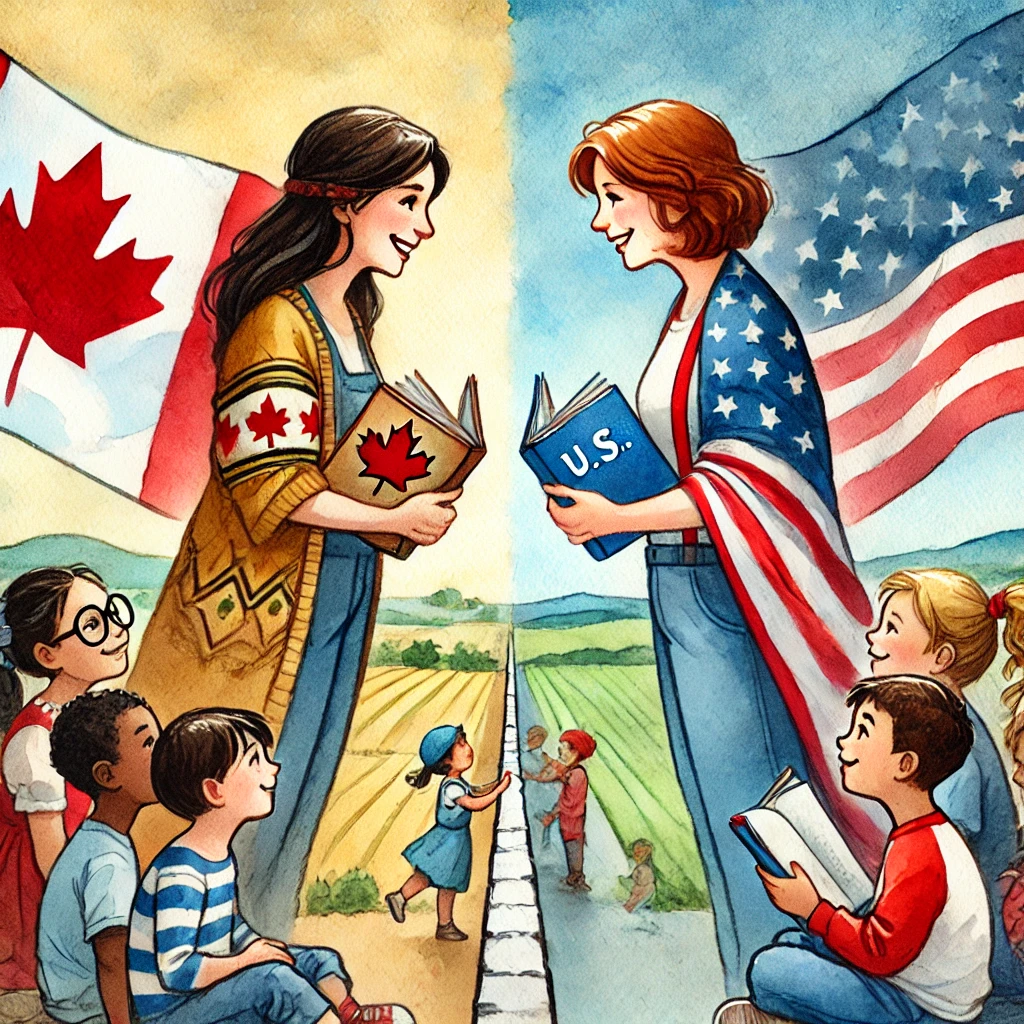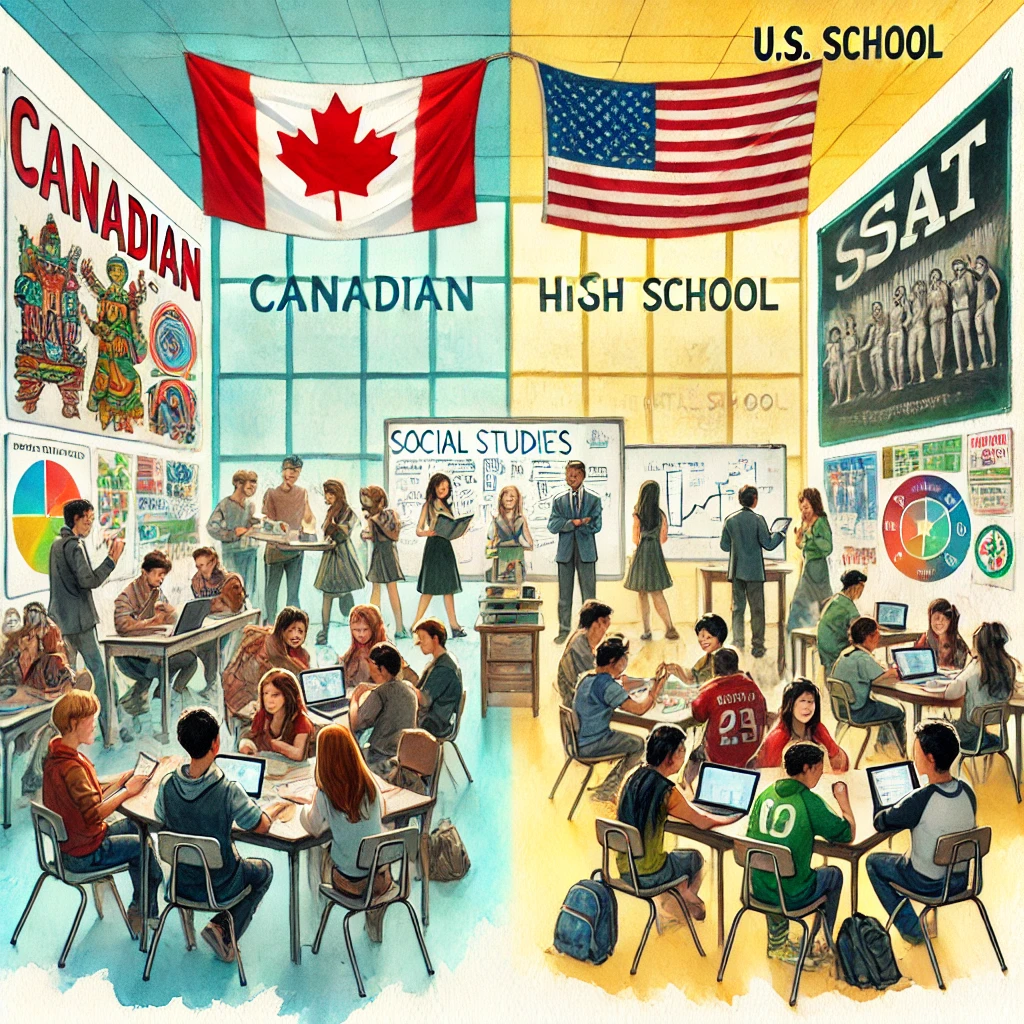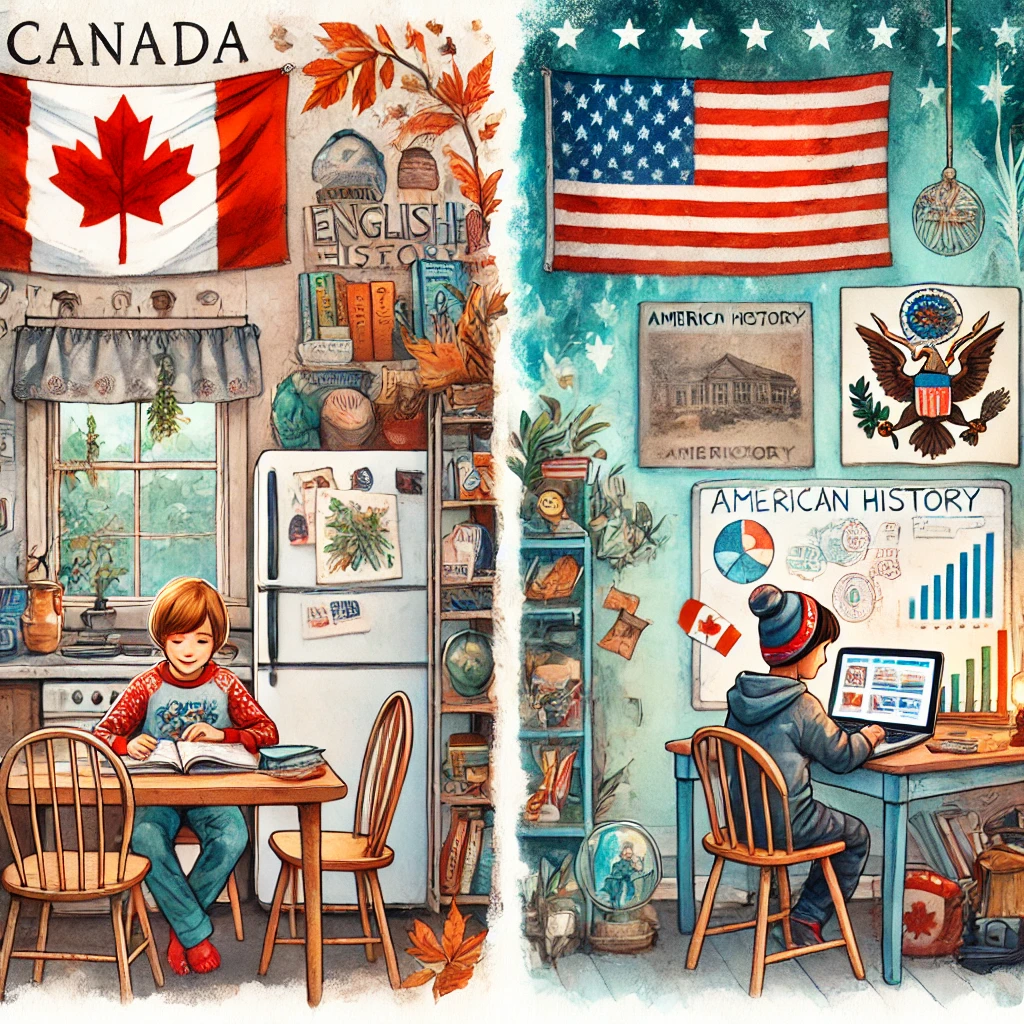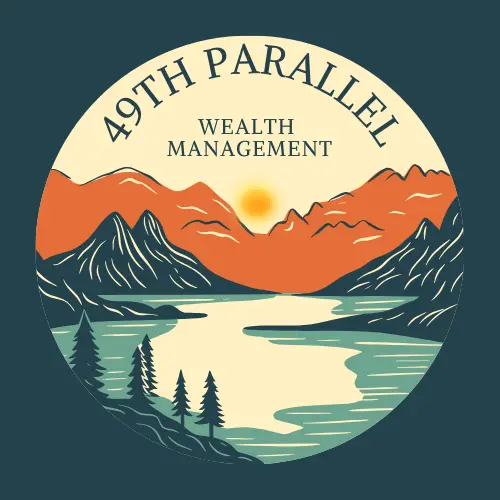 alt="School Systems" width="1024" height="1024" />
alt="School Systems" width="1024" height="1024" />For families moving across the Canada-U.S. border, one of the biggest questions is: How do the school systems compare? While both countries offer comprehensive education from early childhood through high school, there are distinct differences in structure, philosophy, language instruction, and even homeschooling regulations.
Let’s explore how education looks in each country—from preschool through Grade 12 (or 12th grade)—and what you should know, especially if you’re relocating between the two.
Understanding the School Systems in Canada and the U.S.
For families moving across the Canada–U.S. border, understanding the differences between the two school systems is a crucial part of preparing for relocation. While both countries provide comprehensive education from early childhood through high school, their school systems differ in structure, administration, and educational approach.
In Canada, school systems are governed at the provincial level. This means policies, curriculum, and even grade-level expectations can vary between provinces. Some areas, such as Ontario, offer multiple public school options—including secular and Catholic systems—with access to French Immersion programs as part of the publicly funded offerings.
In the United States, school systems are organized at the state and local district level. While the public school model is widespread, it typically does not include faith-based education as part of the government-funded system. Educational quality, curriculum standards, and language support services like ESL can vary significantly across districts and states.
By exploring how school systems are structured in both countries, parents can make more informed decisions about where and how to enroll their children. This foundational understanding can ease the transition and help ensure educational continuity for students moving across borders.
A Quick Overview: Canada
Education in Canada is governed at the provincial level, meaning each province sets its own curriculum and policies. In Toronto, Ontario, families can choose between two publicly funded systems:
1. Toronto District School Board (TDSB) – The standard public school system, which offers English-language education and ESL support for newcomers.
2. Toronto Catholic District School Board (TCDSB) – A publicly funded Catholic school system open to families who meet certain religious criteria. It also offers French Immersion programs, where students learn in French for a portion of the day or subjects.
This dual-system model is unique and gives families more choices within the public realm—something not typically seen in the U.S.
United States
In the U.S., education is administered at the state and local district level. While there is a strong public school network, the U.S. system generally does not include religious schools as part of its public offering. Catholic or faith-based schools in the U.S. are privately run and tuition-based. The quality of education can vary significantly between schools, school districts, and states, with private schools often offering a higher level of education.
Language instruction tends to focus on ESL (English as a Second Language) support for non-native speakers, but French immersion and other dual-language programs are far less common in public schools. Some districts may offer bilingual education—primarily in Spanish—but it varies widely by region.
Preschool and Kindergarten
| Stage | Canada | U.S. |
| Preschool (ages 3–4) | Optional, usually private. Some provinces offer subsidies. | Optional, mostly private. Head Start programs available for low-income families. |
| Junior Kindergarten (age 4) | Offered in many provinces (like Ontario), often full-day and publicly funded. | No public equivalent. Some states offer half-day Pre-K programs but not universally. |
| Kindergarten (age 5) | Public and mandatory in most provinces, especially in Ontario. | Public and available in all states, though not always mandatory. |
Grades 1–12 (or Grade 1–12)
The structure of elementary, middle, and high school is similar in both countries but with key differences:
Canada:
- Grade 1 to Grade 8: Elementary (includes middle years)
- Grade 9 to Grade 12: High school
- High school ends at Grade 12, typically around age 17 or 18.
- French Immersion or Core French are available in many provinces as part of the public system.
- Report cards emphasize learning skills and effort, especially in earlier grades.
U.S.:
- Grades 1–5 or 6: Elementary
- Grades 6–8 or 7–8: Middle or Junior High
- Grades 9–12: High school (freshman to senior year)
- Grading tends to focus on letter grades (A–F) and GPAs.
- ESL programs support language learners, but immersion is rare.
 alt="" />
alt="" />Teaching Philosophy and Curriculum
Canada:
- Generally emphasizes inquiry-based learning, critical thinking, and holistic development.
- Curriculum is standardized provincially, ensuring consistency across schools within a province.
- More emphasis is placed on learning progress and less on high-stakes standardized testing.
- Moral and social development are integrated into curriculum, especially in Catholic schools.
U.S.:
- Teaching styles vary by state and district but often include a standards-based curriculum (like Common Core).
- Greater focus on standardized testing, especially in public schools (e.g., SAT, state exams).
- Emphasis on performance and outcomes, particularly for college admissions.
- More variation in curriculum quality due to decentralized control.
Homeschooling Differences
 alt="" />
alt="" />Homeschooling is legal in both countries, but regulations differ significantly.
Canada:
- Governed provincially.
- Requirements vary: in Ontario, for example, parents simply notify the local school board.
- Less oversight in some provinces, but some boards offer support and even part-time enrollment options.
- There are fewer national homeschooling organizations, though support is growing.
U.S.:
- Highly popular and well-established, especially in certain states.
- Homeschooling regulations in the U.S. are governed at the state level—some states require standardized testing, portfolios, or curriculum approval.
- Strong network of homeschool co-ops, sports leagues, and extracurriculars.
- More curriculum options available, including religious and secular programs.
Key Takeaways
- Toronto offers a unique public school choice between secular and Catholic systems, with French Immersion widely available—something rarely mirrored in the U.S.
- The U.S. generally provides ESL programs but lacks public immersion tracks.
- Homeschooling is more regulated and better resourced in the U.S., though Canada is catching up.
- Philosophically, Canada leans toward whole-child and inquiry-based learning, while U.S. schools place more emphasis on grades and standardized metrics.
Whether you’re moving from the U.S. to Canada or vice versa, understanding the differences in school systems is crucial for a smooth transition. From preschool options to homeschooling freedom, every choice carries long-term implications for your child’s education.
At 49th Parallel Wealth Management, we help families make informed decisions that go beyond finances, including education planning during a cross-border move. If you are Crossing the 49th Parallel, we are here to help!



